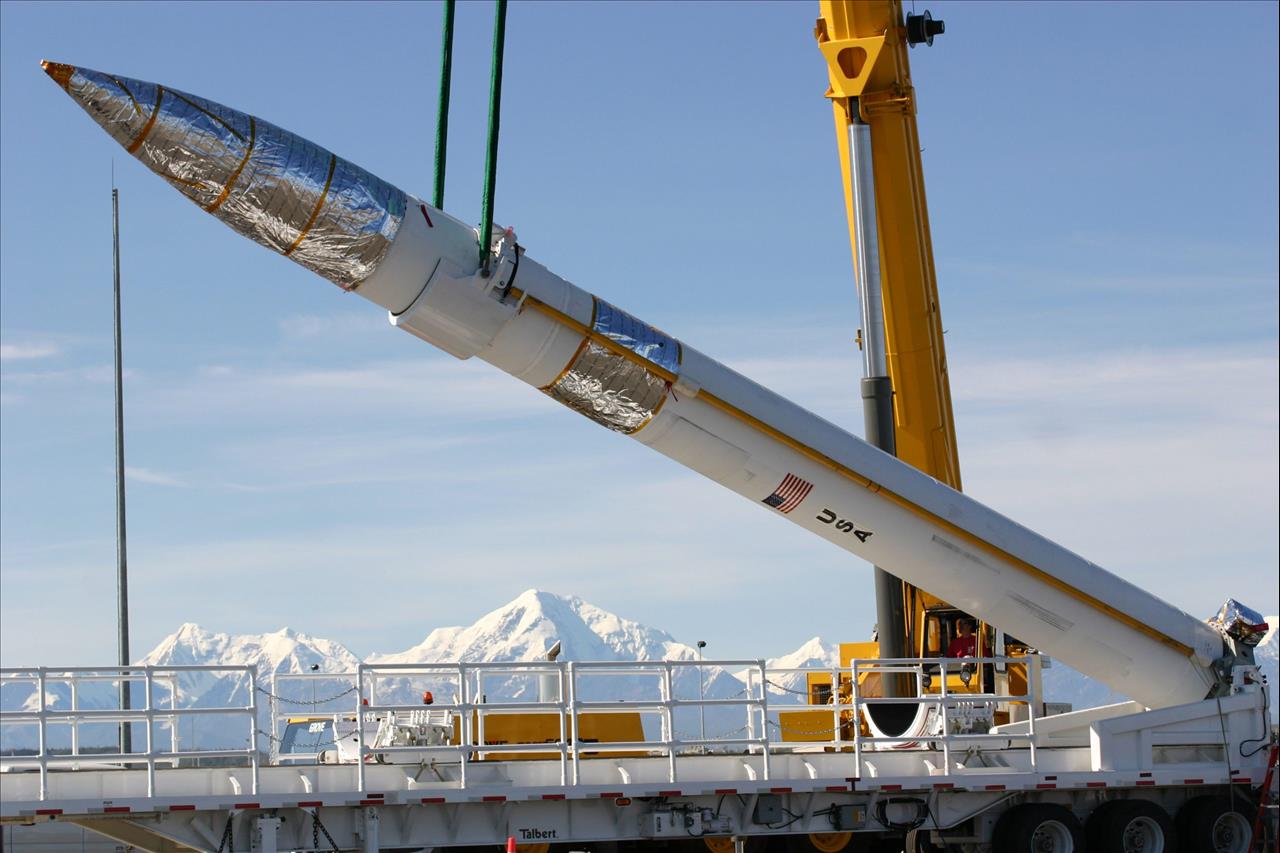
US Missile Shield Buckling Under China, Russia, And North Korea
This month, the Atlantic Council released a report arguing that US missile defenses are insufficient against nuclear-armed adversaries such as China, Russia and North Korea.
The report states that while the 2022 National Defense Strategy and Missile Defense Review advocates staying ahead of North Korea's missile capabilities while relying on strategic deterrence against China and Russia, this approach is insufficient due to the increasing sophistication and number of missile threats.
While the report says that the Biden Administration's plan to increase ground-based interceptors (GBIs) by 2028 is seen as a step forward, it raises concerns about strategic stability with China and Russia. The report calls for a layered missile defense system, integrating advanced technologies and offensive measures to prevent missile launches.
It also stresses the importance of protecting US nuclear forces and command and control systems to ensure deterrence.
The report recommends increasing missile defense funding to one percent of the annual defense budget and enhancing transparency with China and Russia to mitigate arms race concerns. It says the ultimate goal is to create a robust defense system that complicates adversaries' attack plans and reassures US allies.
The report concludes that US national security and its ability to project power globally could be significantly undermined without addressing these threats.
US missile defense may not have been a priority since the Reagan Administration. In 1983, the Reagan Administration unveiled the Strategic Defense Initiative (SDI), a futuristic multi-layered space-based missile defense system. However, SDI was criticized for its exorbitant costs and the fact that it could not be tested without a nuclear attack.
The idea of guarding against a nuclear attack also went against the concept of deterrence, incentivizing a Soviet first strike before the US could complete the system. US interest in the SDI waned when the Reagan Administration ended and when the START I Treaty was signed in 1991.

Legal Disclaimer:
MENAFN provides the information “as is” without warranty of any kind. We do not accept any responsibility or liability for the accuracy, content, images, videos, licenses, completeness, legality, or reliability of the information contained in this article. If you have any complaints or copyright issues related to this article, kindly contact the provider above.


























Comments
No comment